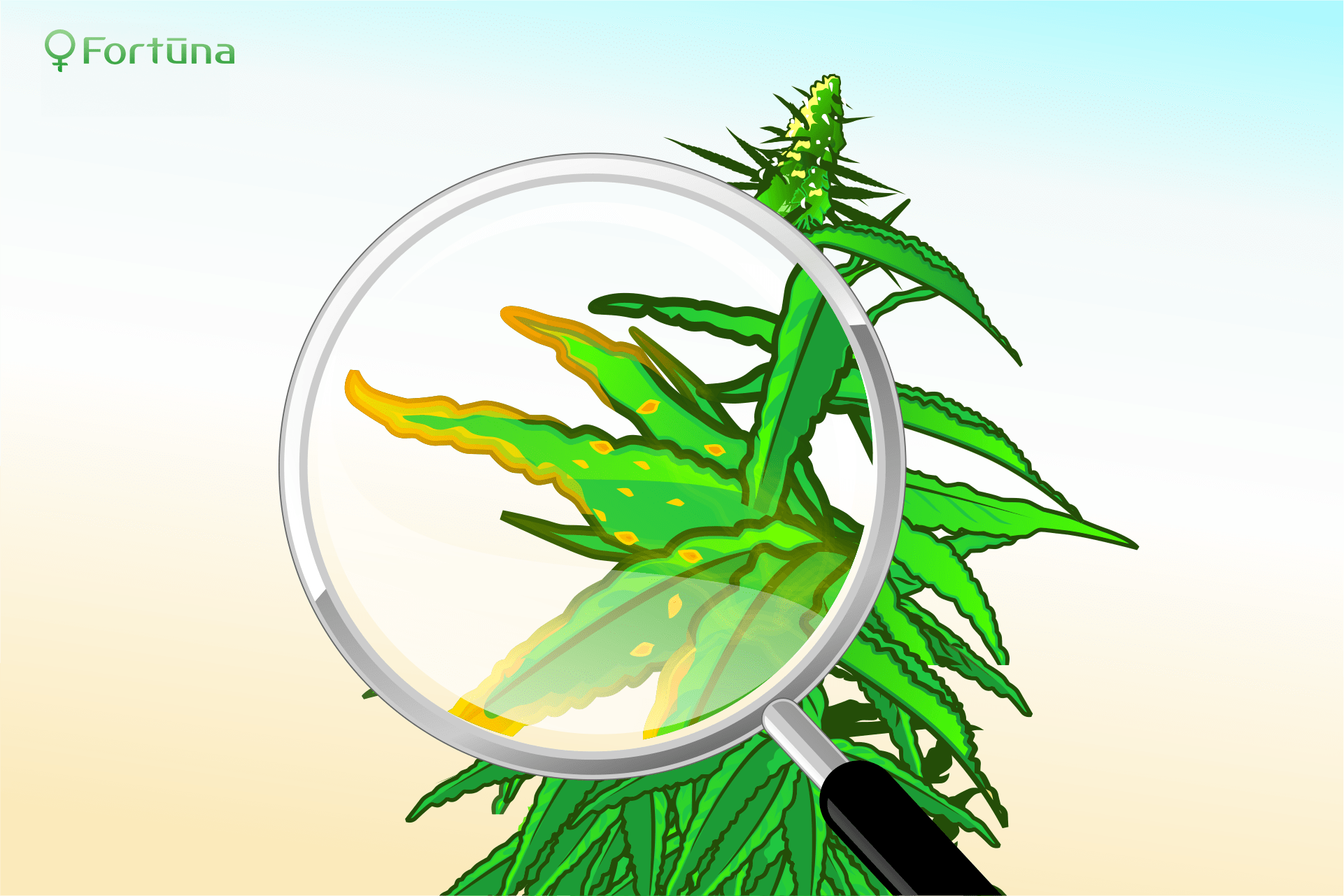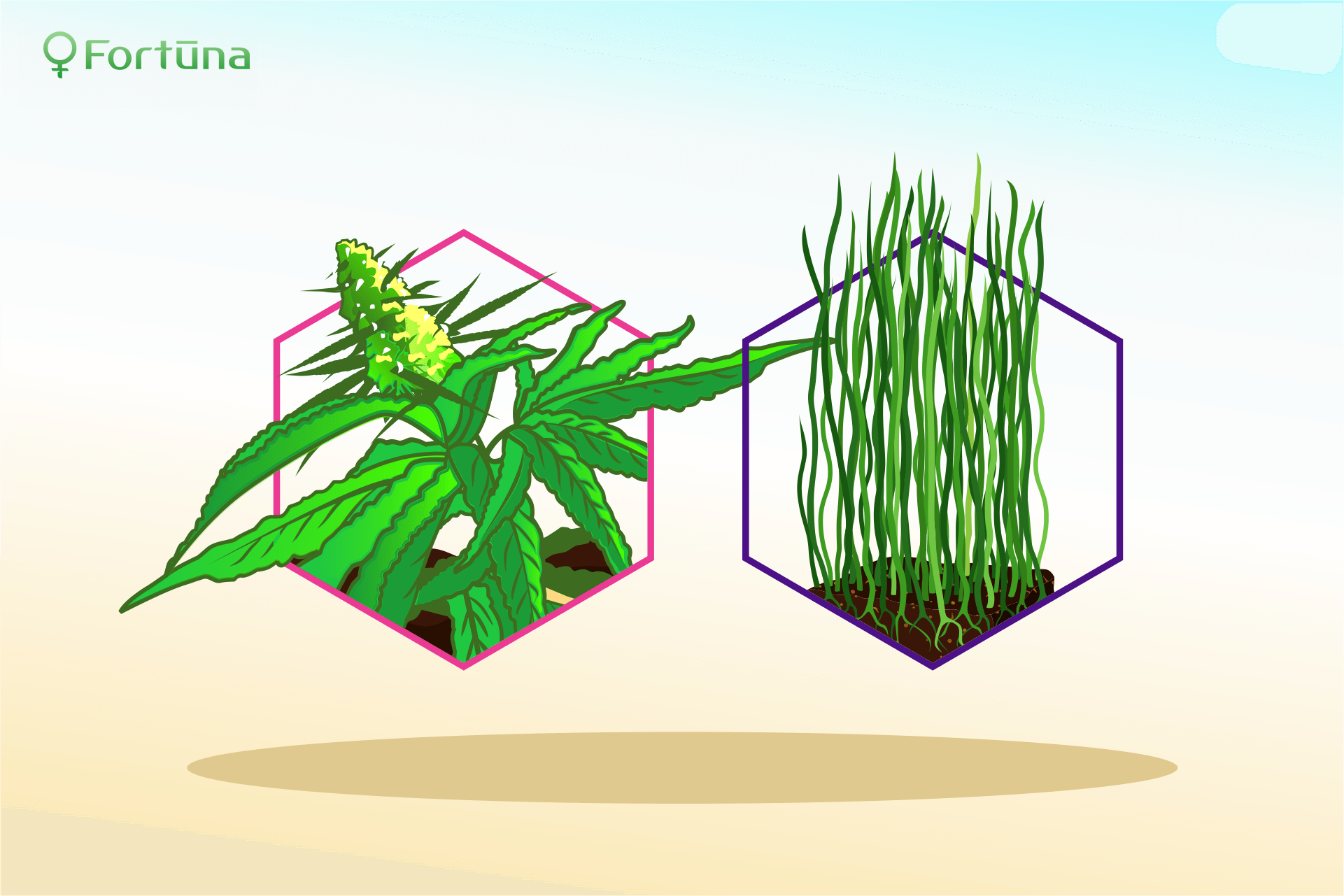
- Guides
-
by gu
Cannabis plant stress — Common signs of cannabis plant stress can help growers identify issues that may stunt growth or otherwise damage the plant. All growers should learn to recognize these signs, identify the causes, and understand how to remedy the situation.
Common Signs of Cannabis Plant Stress
Downward curling leaves
Downward curling leaves are one of the most common signs of cannabis plant stress. The leaves get limp and saggy when they are over watered. Overwatering depletes the soil of oxygen, suffocating the plant and causing stunted growth. Moreover, it also attracts pests like spider mites and fungus gnats. Farmers should always check the moisture level of the soil and adjust only as needed. Light and airy soil is the best type of soil to grow marijuana. When growing potted plants, growers should consider using fabric pots to ease drainage. Defoliation or pruning also improves airflow around the soil so that it dries faster.
Wilted and dry leaves
When checking for common signs of cannabis plant stress, growers should look out for wilted and dry leaves, which are common signs of dehydration. The stems may also droop, making it hard for the plant to make its food and die. Farmers should water plants regularly. or at the first sign of drought. In outdoor grow areas where the weather is hot and dry, watering early in the morning and evening reduces evaporation.
Yellow or brown leaf tips
When cannabis plants receive too much heat and light, the leaves may turn brown or yellow. The leaves can also curl up or down and appear burnt. A cannabis plant may show stress when it is grown outdoors in hot weather. Low humidity in indoor grow areas or grow lights placed too near the plants can also cause heat stress. Heat stress at the flowering stage is the most damaging as it destroys the most valuable leaves and causing the buds to grow airy with foxtails. Excessive heat may also cause new buds to grow on top of the buds.
To avoid this, growers should always monitor the temperature in growing areas. Indoors, growers can increase air circulation by improving the ventilation system, like investing in a small fan. They should also move the grow lights far from the plants.
Outdoors, growers can try keeping the roots cool by insulating them from the sun. Growers can also increase shade to reduce heat.
Wilting, off-color leaves
Nutrient deficiency causes leaves to change color and break off easily. A macronutrient deficiency like nitrogen, phosphorus, and potassium causes leaves at the plant’s base to discolor, curl, and droop. Conversely, a deficiency of micronutrients such as calcium, zinc, and manganese may cause spotting, curling, and sickly new leaves. Growers can easily misdiagnose pH issues as nutrient deficiencies, so they should first check the growing media’s pH. To solve nutrient deficiencies and other common signs of cannabis plant stress, growers provide the plants with a combination of essential nutrients.
Bud Rot or mold
One of the common signs of cannabis plant stress is rotting buds. To be clear, bud rot is a mold found of buds or colas. The larger flowers are more likely to develop bud rot than small buds. This problem occurs when there is too much moisture and a lack of enough air circulation. The solution to this problem is ensuring proper air circulation and avoiding excess humidity. Growers can also prune the bushy plants as they could harbor microclimate for mold.
Cannabis Plant Stress and Hermaphroditic plants
Hermaphroditism is when a plant develop both male and female characteristics. It can be disastrous for cannabis growers as it results in buds full of seeds. The possible causes for hermaphroditism are stressful conditions such as interruptions of the dark period during the flowering stage, over-pruning, late harvest, inconsistencies in temperature, and overuse of pesticides and fungicides. To prevent marijuana plants from becoming hermaphrodites, growers should maintain the ideal growing environment at all growth stages with the proper amount of nutrients, temperature light, air circulation, and so on.
Brown slimy roots with a foul smell
Brown, slimy roots, which sometimes is accompanied by a foul smell, is a sign of root rot. In soil or coco setups, stagnant water causes root rot, which is often the result of overwatering. Basically, stagnant water creates a breeding ground for bacteria and fungi.
In hydroponic setups, root rot is caused by light leaks, heat, lack of water oxygen levels, and decomposing matter in the reservoir, all of which provide a breeding ground for root rotting bacteria and fungi. The root struggles to take up nutrients, causing the plant to develop white or yellow leaves and droop and wilt.
Growers can administer beneficial bacteria to the plants’ roots to fight pathogens. In soil setups, growers can transplant into fresh soil that is well aerated and well-drained. In hydroponic setups, growers should clean and disinfect the setup, create a new set up with adequate oxygen and correct any heat issues and light leaks.
Bottom Line: Common Signs of Cannabis Plant Stress
Growers can get back their healthy marijuana plants by identifying the plant stress, diagnosing it, and finding ways to fix it. Growers should also use seeds with strong genetics to grow their plants and ensure that they maintain optimal pH, light, nutrients, temperature, and water.
Feel free to contact us with any questions about common signs of cannabis plant stress and how to fix it. You can also buy any of our premium quality feminized hemp seeds.



